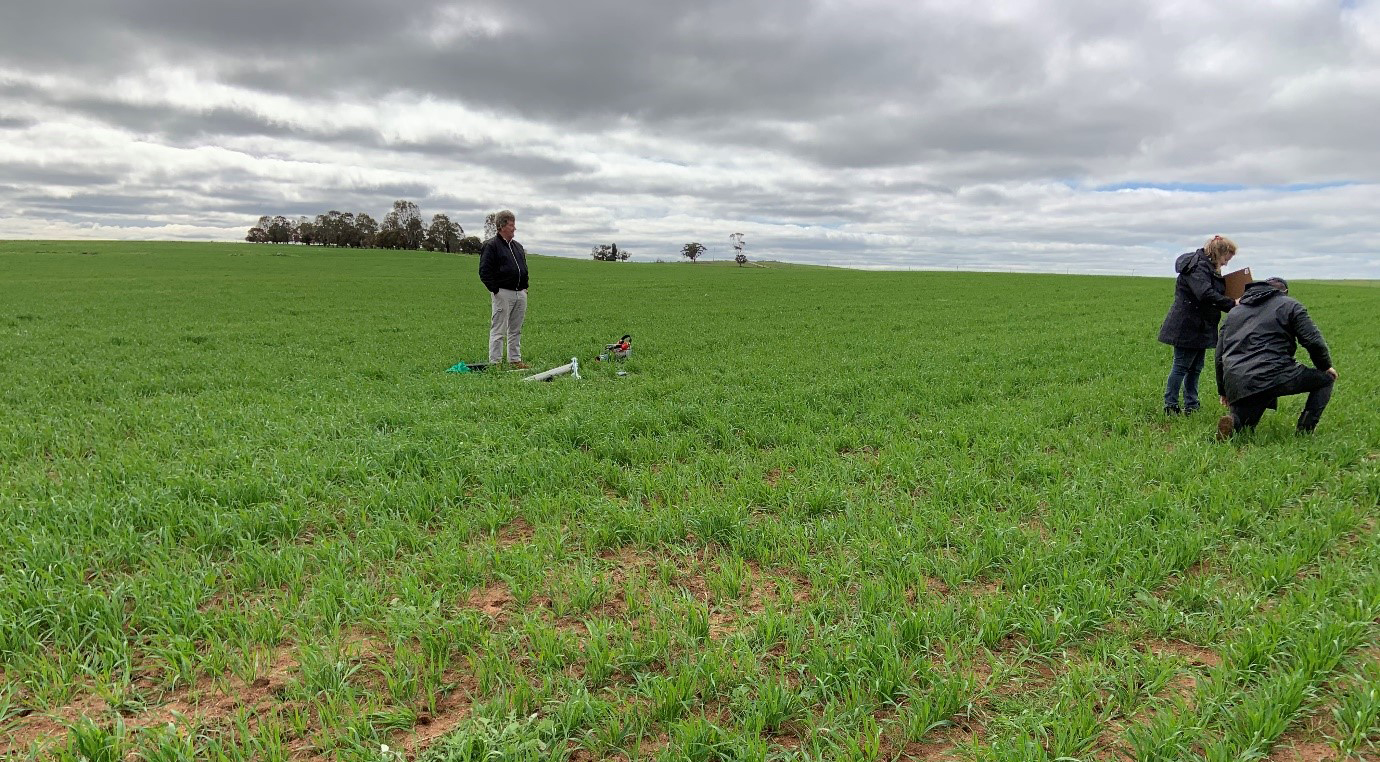Whether you call it Regenerative Agriculture or Sustainable Agriculture, one of the major barriers to farmers adopting a range of regenerative practices is lack of evidence of profitability at a local level.
This was a key finding of a recently released report ‘Supporting Farmers to make the Transition to Regenerative Agriculture’ produced by the South West Catchments Council.
The report also found there is inconsistent understanding and definition of regenerative agriculture, as a concept and as an articulation of individual practices, within the West Australian agricultural industry. This is undoubtedly creating confusion and some antagonism.
“Stakeholders think about the practice in different ways, ranging from a broad interpretation such as ‘a sustainable way of farming’ to referring to specific actions such as maximising ground cover.
Consequently, some farmers consider themselves to be regenerative but are not actually adopting any regenerative agriculture practices. There are also farmers adopting the practices who steer away from labelling themselves as regenerative.” (from the report).
At Wheatbelt NRM we think the label is not important, it is the outcome of improving soil health that is our focus.
To help our farming community make decisions and to support the evidence base we are participating in a project with the Soil CRC to look at how carbon is functioning in regenerative systems. The WA farms participating in this research are all on sandy soils typical of our landscape and renowned for presenting challenges in building soil carbon.
This Wheatbelt NRM project is supported through funding from the Australian Government’s National Landcare Program.


